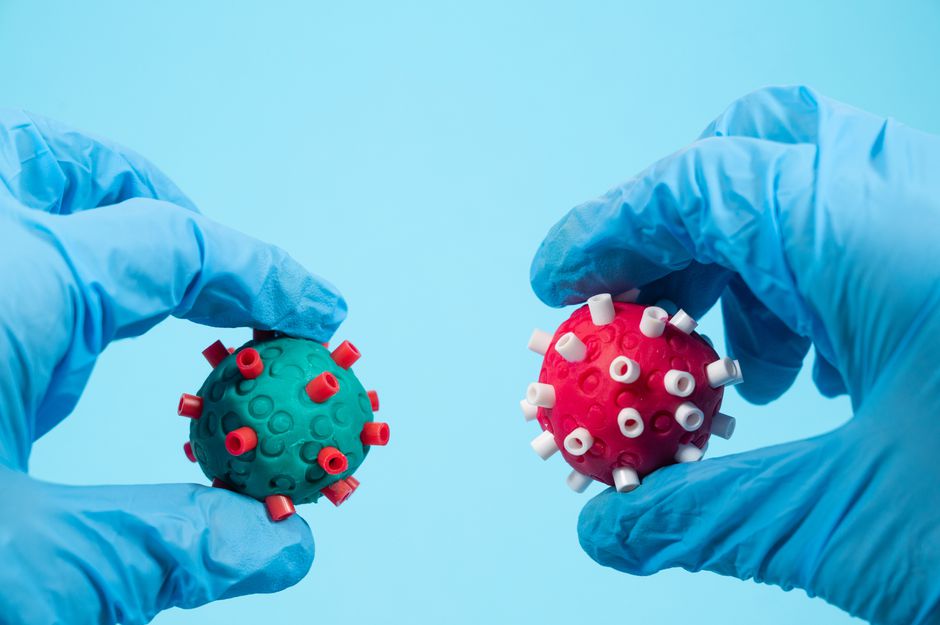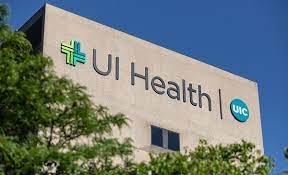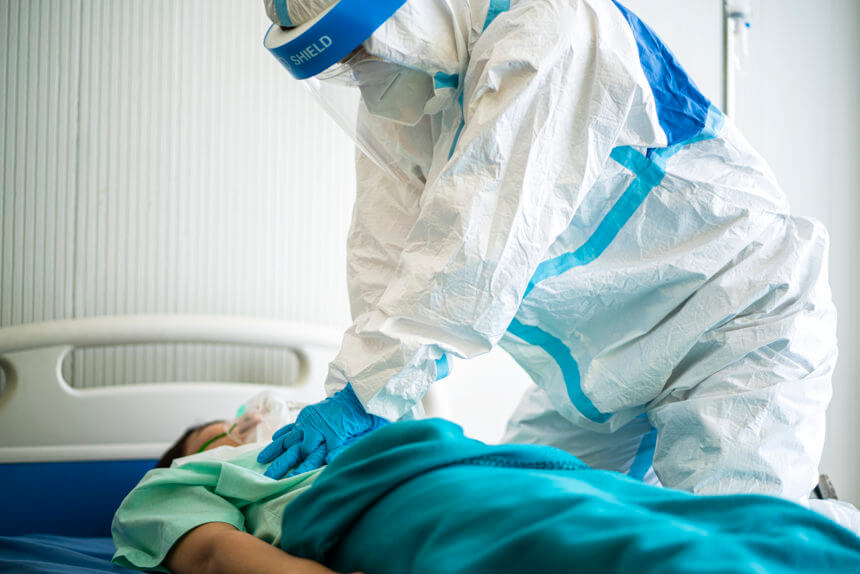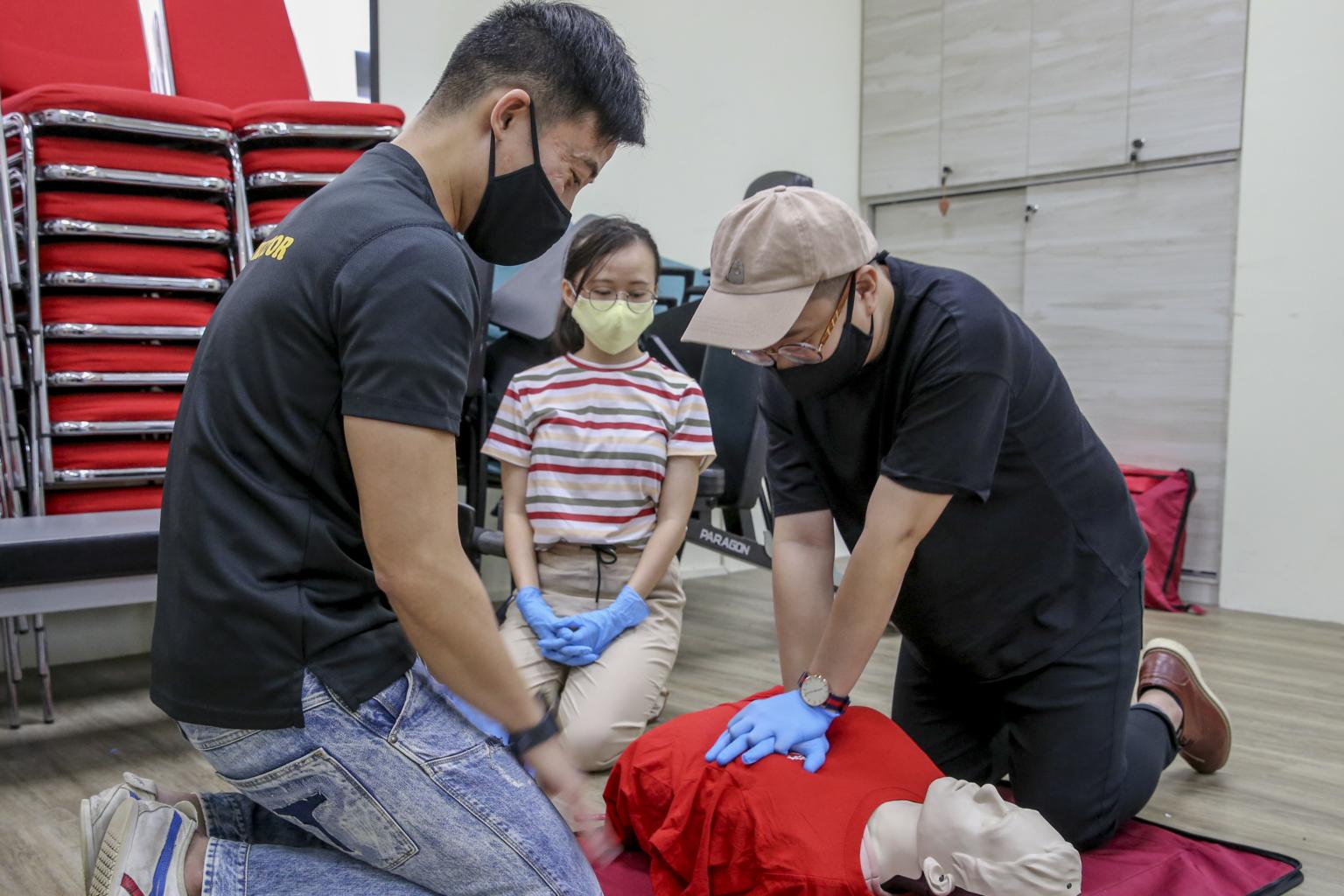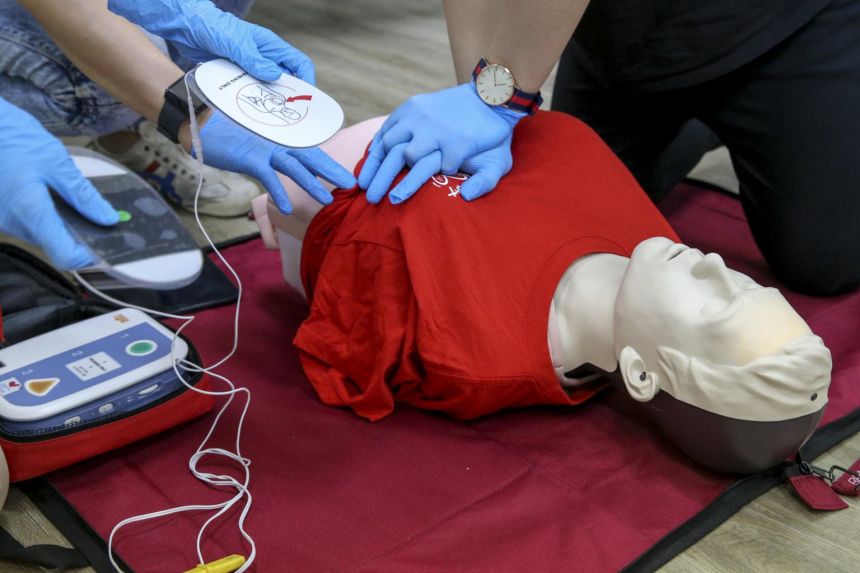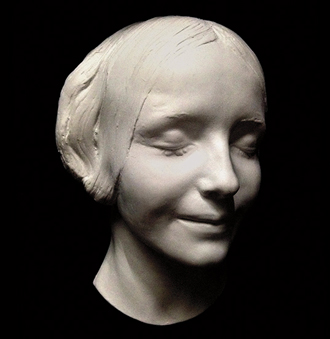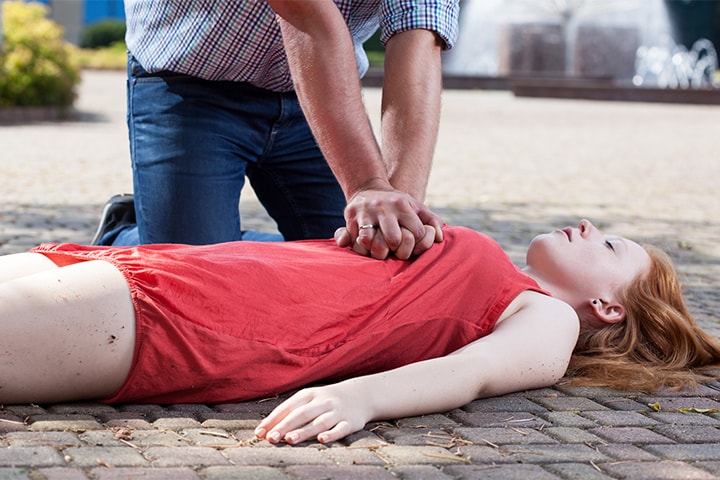Summer brings rest, relaxation and fun, but it can also be a time of increased risk for our hearts. Extreme heat may increase incidents of cardiac arrest and an average of 33 drownings occur in the U.S. each day, one-third of which are fatal. Knowing cardiopulmonary resuscitation or CPR could be the key to saving someone from cardiac arrest or drowning. CPR, especially if performed immediately, could double or triple a cardiac arrest victim’s chance of survival.
The American Heart Association is recognizing National CPR and AED Awareness Week from June 1– 7 with reminders about the importance of staying safe and prepared this summer. Each year, more than 350,000 out-of-hospital cardiac arrests (OHCA) occur in the United States and fewer than half of these people receive the immediate help that they need before professional help arrives. The American Heart Association, the world’s leading voluntary organization dedicated to building healthier lives, free of cardiovascular diseases and stroke, is working to increase the number of bystanders who use CPR in an emergency.
As summertime activities increase the exposure of people of all ages to risks, it’s even more important to be trained on CPR. You could be saving the life of someone you love. A simple one-minute video shows you what you need to know to perform Hands Only CPR.
To be ready for a safe summer, the American Heart Association recommends the following:
- Learn CPR. For drowning, the American Heart Association recommends rescue breaths along with compressions.
- Remember Life Jackets. Half of all boating deaths could be prevented with their use.
- Learn to Swim. Drowning is the second-leading cause of death in children between ages 1 and 4.
- Family Safety Plan. It’s important for everyone in the family to be trained in CPR.
- Secure the Pool. Install fencing with self-closing gates at least 4 feet high to separate the pool from house and yard.
- Teach Safety. Talk about risky behavior such as diving or swimming in unfamiliar water, and alcohol or drug use while in or near water.
- Clear Out Pool Toys. Make sure children aren’t tempted to play unsupervised.
In 2009, the American Heart Association launched a nationwide Hands-Only CPR campaign to raise awareness about this life-saving skill. Since 2012, over 10.5 million people have been trained in Hands-Only CPR via events, training kiosks and video education with the support of Anthem Foundation.

